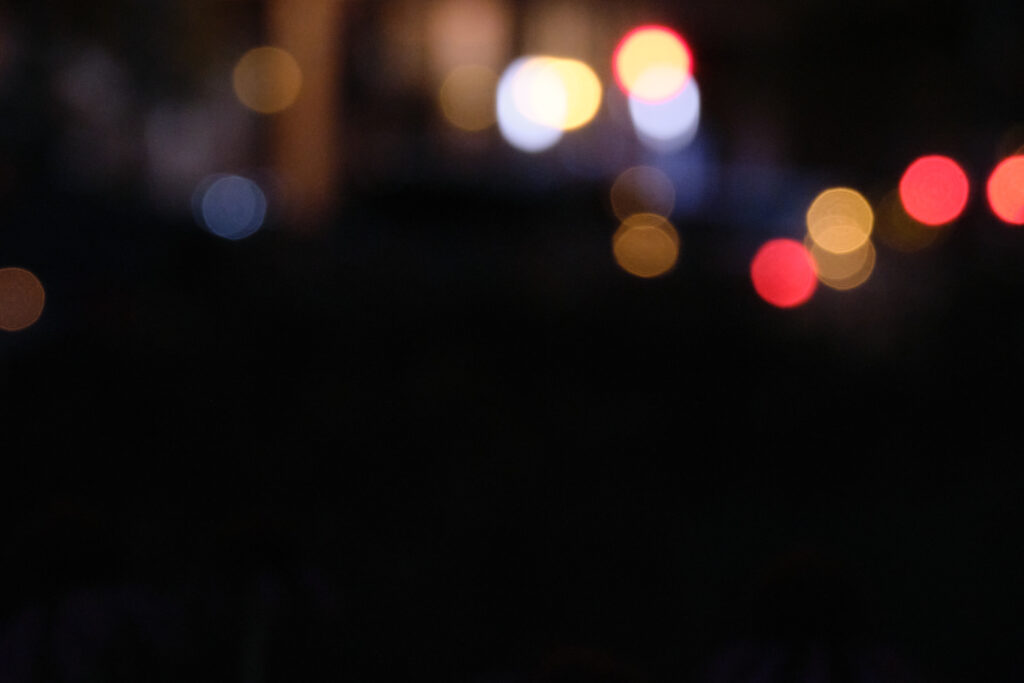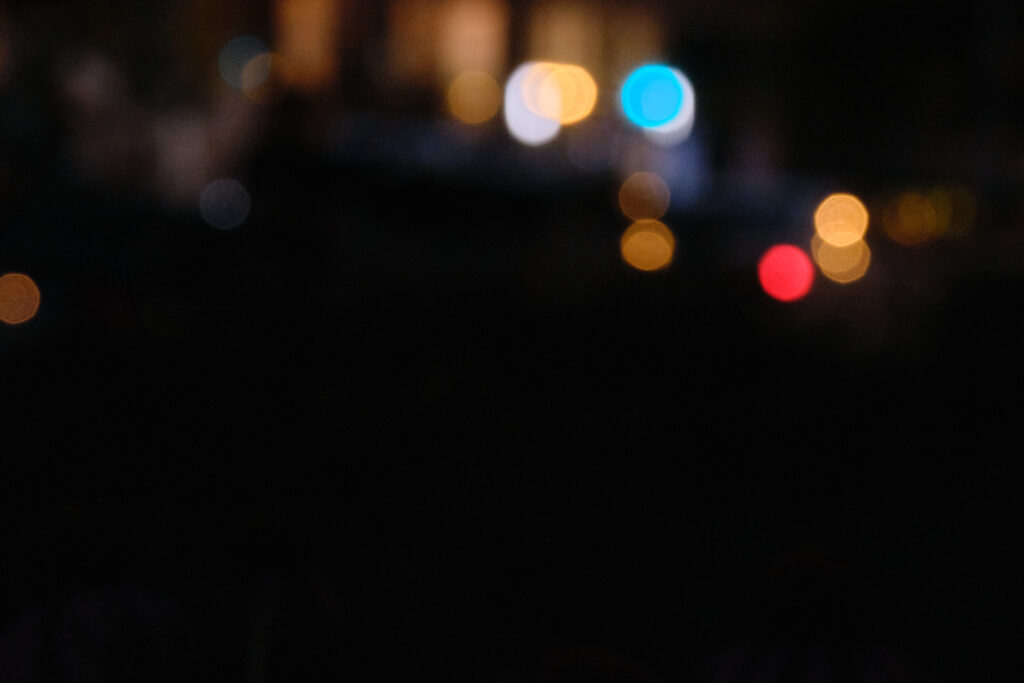Quick Facts about the Fujifilm XF 55-200mm f/3.5-4.8 R LM OIS Lens
- Weight: 20.46 oz/580 Grams
- Weather Sealed: NO
- Filter Size: 62mm
- Angle of View: 29 to 8.1 Degrees
- Focusing Distance: 3.61’/1.1m
- Max Aperture: F3.5-4.8
- Minimum Aperture: F22
- Image Stabilization: Yes
- Mount System: Fuji X
- Price: $699
- Zoom: Extension
Quick Facts about the Fujifilm XF 50-140mm f/2.8 R LM OIS WR Lens
- Weight: 2.19lbs/995 Grams
- Weather Sealed: Yes
- Filter Size: 72mm
- Angle of View: 31.7 to 11.6 Degrees
- Focusing Distance: 3.28’/1m
- Max Aperture: F2.8
- Minimum Aperture: F22
- Image Stabilization: Yes
- Mount System: Fuji X
- Price: $1,599
- Zoom: Internal
Table of Contents
Why compare the Fujifilm 55-200 vs 50-140?
Until the March 2021 release of the Fujifilm 70-300 F4-F5.6 R LM OIS WR, there were only three standard telephoto zooms within the Fujifilm X-Mount series.
However, only two of these lenses were dedicated XF lenses, the 55-200 and the 50-140.
The 55-200 has a full frame equivalency of 83mm-300mm; The 50-140 has a full frame equivalency of 76mm-213mm.
For the longest time (and still to this day with the 70-300 delays), most Fuji photographers had two difficult questions: Which Fujifilm telephoto zoom lens is the best? AND Is the the 50-140 worth the extra $900 over the 55-200’s MSRP?
Today we are going to find out.
Who are these telephoto lenses for?
The Fujifilm 55-200 is for the travel, landscape, and occasional animal photographer concerned about weight AND is willing to deal with lesser image sharpness after extending past 140mm. However, it is very sharp from F5.6-F9.
The 50-140 F2.8’s focal length is a staple amongst event photographers. Low-light functionality (f2.8), great OIS, and excellent image sharpness rightfully place this lens amongst Fuji’s best “red-badge” lenses. (Similar to Canon’s “L” or Sony’s “G-Master” lens line-up.)
What other telephoto lenses exist within the Fuji-X lineup?
Before we get started, I wanted to provide a few other XF (and one XC) lenses that cover the telephoto focal length.
Prime lenses will be noticeably sharper and provide more bokeh.
Zoom lenses are more versatile as they cover more focal lengths.
Zooms
- Fujifilm XF 70-300mm F4-5.6
- Fujifilm XC 50-230mm F4.5-6.7
Primes
- Fujifilm XF 56mm F1.2
- Fujifilm XF 80mm F2.8
- Fujifilm XF 90mm F2.0
How far is 55mm from 200mm?
(55-200 Field of View)
(Please note: The following pictures were straightened. No photo was cropped more than .5 inch horizontally and .2 inches vertically
Sharpness
Let’s be honest for a minute.
When it comes to sharpness/image quality tests, they are never completely objective.
Lens quality control, lens misalignment from drops, and other potential issues could compromise an entire review.
In the case of this lens comparison, we have another issue… variable aperture.
The Fujifilm 50-140 has a constant aperture of F2.8, even at 140mm. However, the Fujifilm 55-200 has a minimum aperture of F4.4 at 140mm. That’s over a stop of light!
Alright, so let’s compare the sharpness of these two lenses. The pictures can be enlarged by clicking on them.
After reviewing these photos, I definitely have some key takeaways.
- The 50-140 is sharper at all focal lengths.
- The 50-140 outperforms at it’s minimum aperture over the 55-200. (EX: 50-140 F2.8 outperforms 55-200 F3.5)
- The 50-140 is clinically sharp by F3.6.
- The 55-200 is VERY sharp at all focal lengths around F8.
- The 55-200 performs adequately for a lens that can be purchased for $450 used.
Portrait Bokeh Comparison

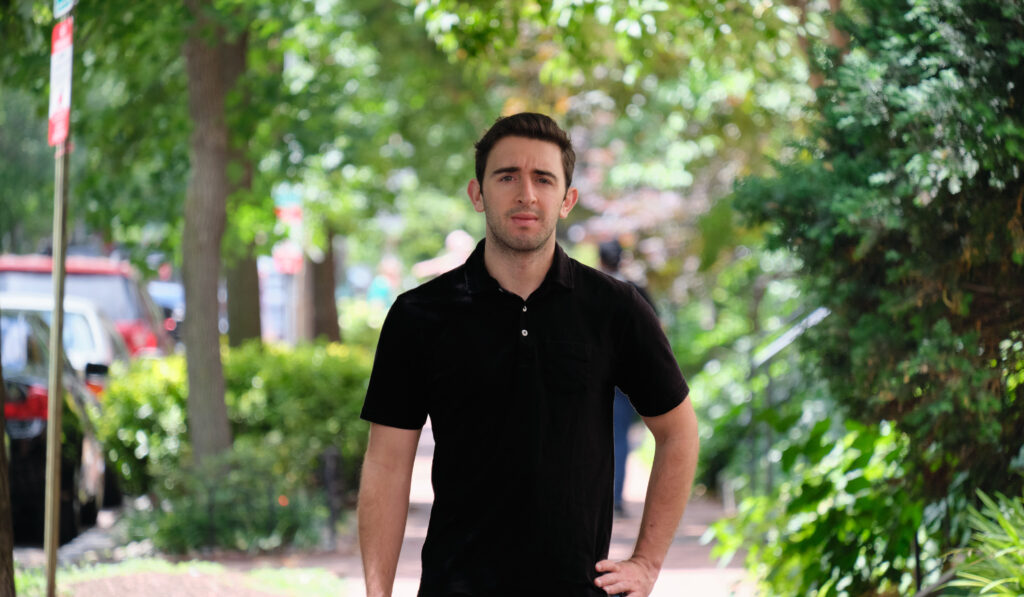
In my opinion, there is not a huge difference between the bokeh in regards to portraits.
Of course, the sign on the top-left is blurrier on the 50-140, but that’s about it.
The Fujifilm’s 50-140’s bokeh also tends to be “busy.” For example, look at the foliage in the bottom right.
Despite the similarities in portrait bokeh, bokeh balls are a different story.
Bokeh Balls Comparisons
The bokeh balls on the 50-140 are much more circular, and they begin to round-out at F5.6.
However, I felt like the 55-200 bokeh balls were never rounded out. And there was a rather noticeable onion ring effect.
Another benefit of the 50-140 again was the ability to use F2.8. Properly exposing an image at night with an F4.4 aperture is rather difficult.
Autofocus
For the videos below, I used the following autofocus settings.
- Any Eye
- Tracking Sensitivity +2
- Autofocus Speed +3
Both camera lenses lost me, but the linear motors of the 50-140 locked-on a bit more.
With the 55-200, I have no idea what it was doing.
Focus Breathing
Identical to the eye autofocus test above, I used the following settings.
- Any Eye
- Tracking Sensitivity +2
- Autofocus Speed +3
The focusing breathing was limited on the 50-140, so I was shocked when I switched over to the 55-200.
I really hope that 5 second breathing sequence does not happen again on the 55-200.
For this focus-breathing test, I tapped the back-screen on the X-T4 to switch between subjects.
I could have provided a higher contrast scene instead of the blue mug, and that may have helped with the autofocus detection.
Focusing Distance & Macro Performance
Both lenses have a poor macro performance and an average focusing distance.
For the 55-200, the focusing distance is 3.61 feet (1.1 meter). For the 50-140, the focusing distance is 3.28 feet (1 meter).
For the 55-200, the maximum reproduction ratio is .18x.
For the 50-140, the maximum reproduction ratio is .12x.
If you plan on focusing very close to a subject (For example, bugs, flowers, or wedding rings.), you will need something with a great focusing distance and magnification.
Within this focal length, there are two options: The 60mm f2.4 and the 80mm f2.8.
I suggest the 80mm f2.8. It has a magnification ratio of 1:1 (!), and has a focusing distance of 9.84 inches. (25 cm)
OIS Test
According to Fujifilm, the 55-200 provides up to 4.5 stops of image stabilization on non-stabilized bodies such as the X-T3, X-Pro3, and X-T20
However, with the X-T4’s IBIS, you supposedly get up to 5.5 stops.
With the 50-140, it’s even better. The 50-140 provides up to 5 stops, and it has up to 6 stops with the X-T4’s IBIS on.
Now, I don’t believe the specifications in regards to IBIS/OIS…. but here are some hand-held videos.
It’s clear to see that the 50-140 provides a better OIS experience.
However, a lot of people never talk about how weight affects camera shake.
All of us want better and lighter camera systems, but when it comes to camera shake, heavier cameras actually lead to less micro-jitters from human movement.
Starbursts/Sunbursts
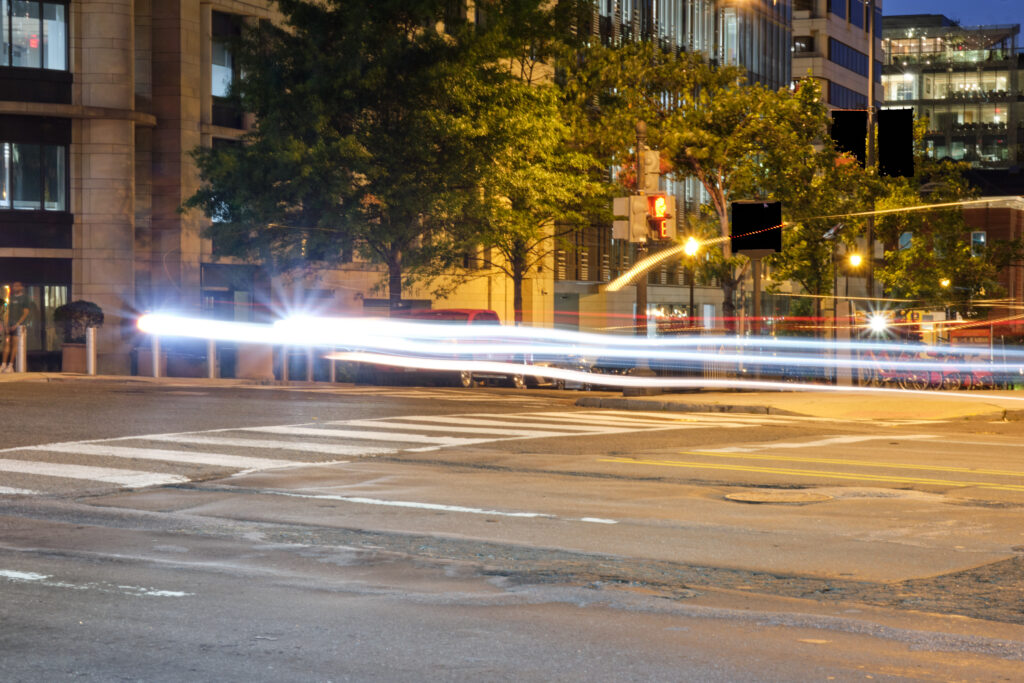

From the 50-140, we received distinct, 14 point starbursts throughout the entire frame.
The 55-200 struggles a bit more. You can get some starburst-like effects from the 55-200. However, they are not as distinct. It’s just important to experiment around with different settings to achieve this.
Flaring
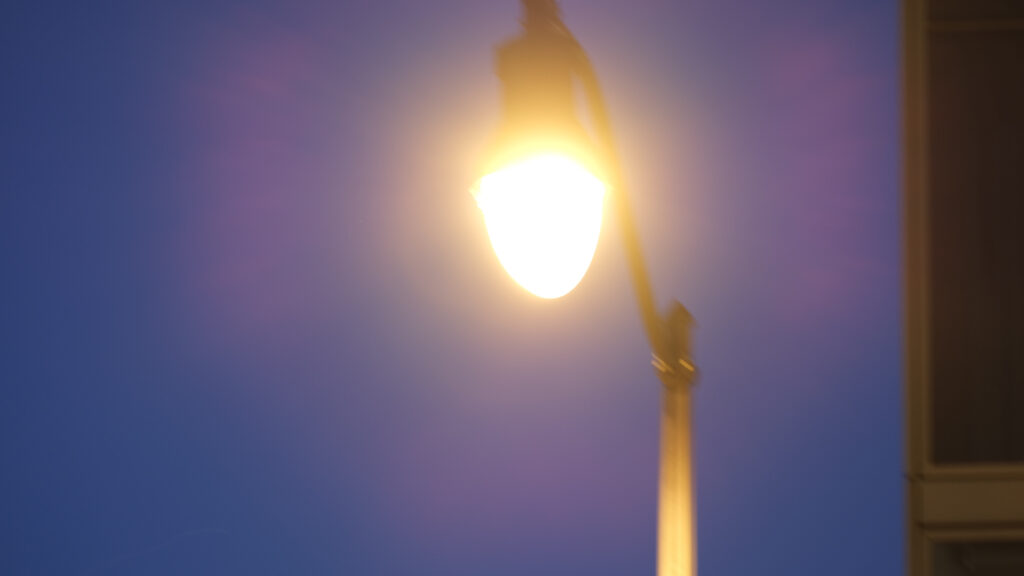
The 50-140 had a weird lens flare, as seen in the photo above. (The worst type of flare too.) These types of flares can be very difficult to correct in post-production.
The 55-200, as evidenced in the photo in the starburst section, creates a haze.
Why should I pick the 55-200 over the 50-140?
If you are new to the Fujifilm X system, I believe that the 55-200 is Fuji’s best telephoto zoom lens for beginners.
Also, if you are concerned about kit weight, and don’t plan on using at night, the 55-200 should be your go-to option.
Why should I pick the 50-140 over the 55-200?
If you need the best image quality, starburst effect, and more (but not better) bokeh, the 50-140 is for you.
Also, if you plan on shooting any type of video, the 50-140 is your only option. It’s OIS and autofocus are much better than the 55-200.
My Final Notes
At the end of the day, you are not going to be upset with either of these lenses. However, it’s a $900 question. The winner is the 50-140, optically.
So, why do I have the 55-200 rated higher?
Weight and Price are the only reasons… because that matters to me.
If I am going to spend $1,600 on a camera lens, it better be special. The 50-140 is not.
My Final Ratings
Fujifilm XF 55-200mm f/3.5-4.8 R LM OIS
Reliability: 4/5
This lens struggled when I attempted to record video in continuous tracking.
Functionality: 4/5
When it comes to the 80-300n equivalent, this focal length is desirable and has utility. However, the points are lost for a lack of low-light options.
Style: 4.5/5
These are always bonus points. Build quality is good, but.5 point loss for zoom creep when it’s in my backpack.
Total: 17.5/20 or 82%.
Fujifilm XF 50-140mm f/2.8 R LM OIS
Price: 2.5/5
Photography isn’t a cheap hobby, and I think the price is excessive. I could purchase the 70-300 AND a prime lens for the cost of this.
Reliability: 4/5
Paired with the X-T4 or X-T3, it is reliable and the autofocus is good (enough) for most occasions for photography. But for video, no. Plus, I don’t foresee any issues when it comes to build quality. This will deserve a re-test with the X-H2s.
Functionality: 4/5
When it comes to the 70-200 FF equivalent, this focal length is desirable and has utility. However, the points are deducted as the center of gravity prevents this lens from being held comfortably on most Fujifilm cameras.
Style: 4/5
Metal and well-built, the Fuji 50-140 is nice. HOWEVER, the metal body leaves fingerprints. -1 Point for always looking dirty.
Total:14.5/20 or 72.5%
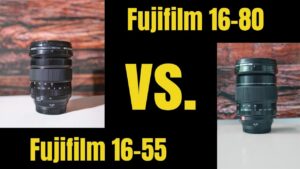
Fujifilm 16-55 vs 16-80mm F4
The Fujifilm 16-80mm F4 and 16-55mm F2.8 are some of the most expensive “normal” zoom lenses that Fuji makes. Is the 16-80 so bad? And is the 16-55 better?
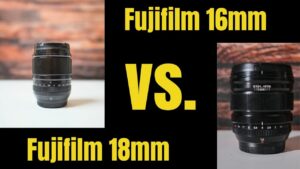
Fujifilm 18mm vs 16mm F1.4
Two of the best performing wide-angle, XF lenses made by Fujifilm, the 18mm and 16mm should be a comparison that most people think about. But why don’t they?

Fujifilm 18mm F1.4 Review
If you have ever wanted to test the new, Fujifilm 18mm F1.4, but you haven’t had the money.. And how does the 18mm F1.4 vs 16mm F1.4 compare?





